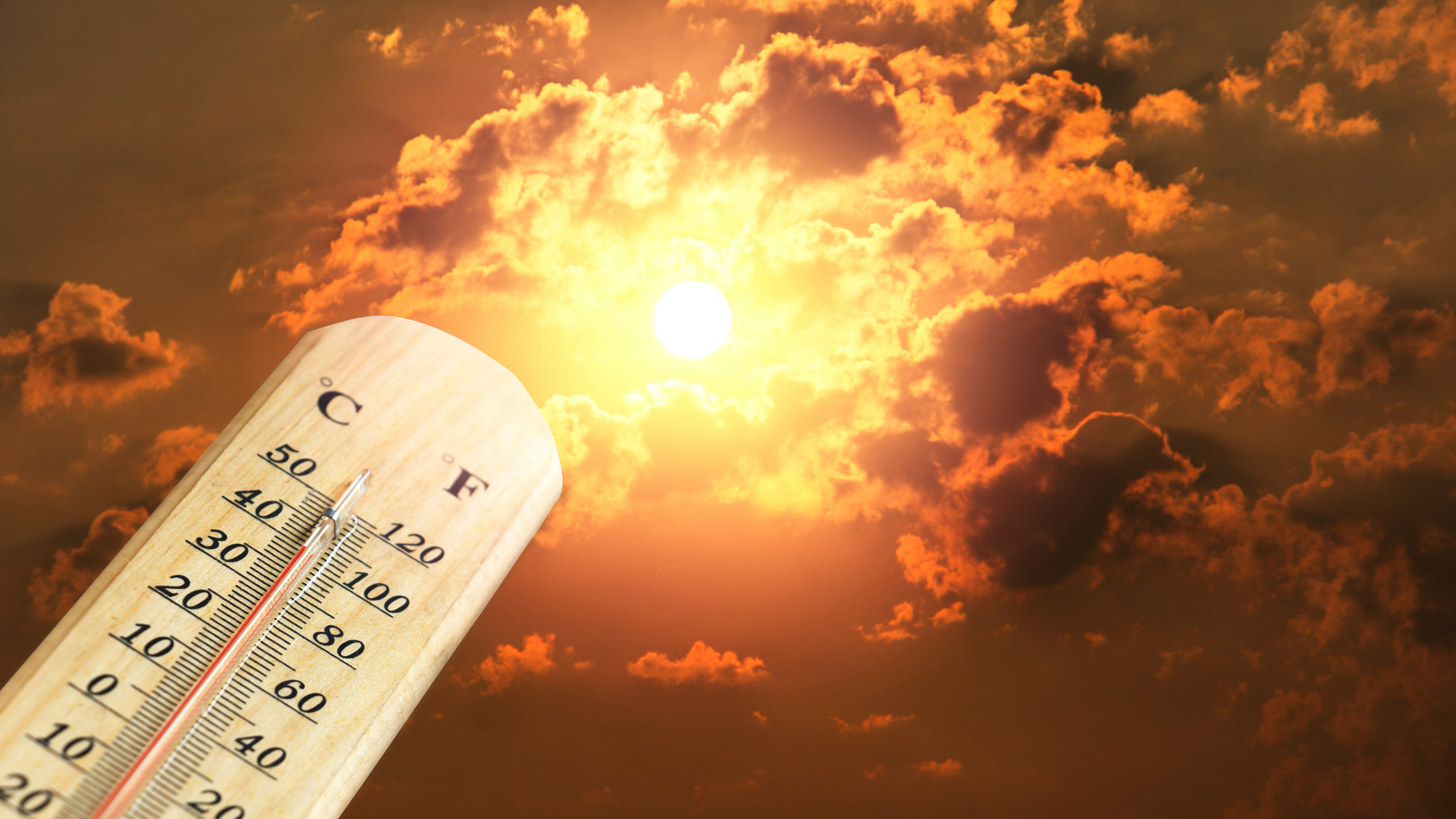 When you are applying industrial coatings, you do so with the expectation of some performance benefit. A range of protective coatings can safeguard surfaces against corrosion, chemicals, salt attack, extreme temperatures, and much more.
When you are applying industrial coatings, you do so with the expectation of some performance benefit. A range of protective coatings can safeguard surfaces against corrosion, chemicals, salt attack, extreme temperatures, and much more.
Whatever the specifics of the job, all of these can be considered “protective coatings.”
To work as expected, all protective coatings must be applied using the correct methods and at the right time. Many coatings are highly sensitive to environmental conditions at the outset. It is only after the initial curing process is over that they become truly “all-weather.”
In Florida and through much of the southeast, extreme temperatures and weather are relatively predictable. However, not all protective coatings are designed for all weather conditions. It’s crucial to plan and launch your project when the weather is optimal for your application.
The Impact of Temperature and Weather on Coating Application
During a coating project, temperature is a factor in a variety of ways.
You should begin your project aware of:
- The temperature of the coating material itself
- The temperature of the substrate to be coated
- The temperature of the surrounding air
All in all, cold temperatures are more likely than warmer ones to cause significant issues with coatings, especially where it concerns the adhesion of the coating to the substrate being treated.
Most coatings are formulated specifically for application at temperatures above 50° Fahrenheit.
Below these temperatures, necessary chemical reactions between the hardener and base or resin can be impeded. This is one reason why, even in warmer climates, industrial coating projects should usually not be performed at night. Drying is effectively suspended at low temperatures.
Evaporation of solvents in the coating can also be adversely affected by cold weather. A wide range of aesthetic issues might result. Discoloration, blushing, and loss of gloss are all common.
Protective coatings should never be applied when the temperature is below the recommended range or expected to drop below that range within a few hours. At least several hours of curing must take place at the recommended range, preferably more.
Ideally, the first 24 hours of any exterior protective coating should be spent somewhere within the recommended range. 48 hours is a better metric for most industrial coatings. Beware that some latex and acrylic paints will not dry effectively at low temperatures. If temperatures drop below freezing, they can cause damage to the coating even a full day after initial application.
The storage of your coatings is also an important consideration.
All paints, activators, and accelerators should be stored according to the recommended storage temperature on the packaging, usually between 60° and 80° Fahrenheit. This improves mixing and makes applying the product easier. Packaged coatings that have been exposed to extreme temperatures for long periods of time may fail to adhere and need to be replaced.
The Effect of Humidity and Hot Weather on Protective Coatings
Industrial and commercial painting projects in Florida are more likely to be influenced by hot weather and humidity than by cold. Lower temperatures cause paint thickening, which prolongs the drying process. Hot weather protects against this, but has its own drawbacks to be aware of.
Extreme heat can cause protective coatings to skin over before the lower layers have had time to dry sufficiently. Rapid drying may also lead to surface imperfections, such as bubbling and blistering, that can completely undermine the expected performance qualities in the affected area.
Humidity in the air prolongs the drying process, especially for acrylic and latex paints. If the project must go on during a period of suboptimal weather, the coating should be observed carefully for signs of failure. The most challenging combination of factors is low temperature and hot humidity: Condensation can cause rapid lifting and loss of adhesion.
In coastal areas, extra precautions should be taken around humidity. Humidity levels can be surprisingly high even when the temperature is pleasant. Likewise, the selection of coatings can take into account the ongoing danger of salt attack for all facilities within about an hour of the coast. This extends the life of coatings overall and reduces the future maintenance burden.
Perhaps the biggest weather-related challenge for exterior coating projects in spring and summer is the possibility of sudden, intense, short-lived rains. Needless to say, coating work must be completed and coatings must be allowed to cure between these rain showers, a task that can be difficult in the rainy season in some areas. Plan for potential rain delays.
Whatever your situation, local expertise is the key to getting the best value possible.
In exterior coating projects especially, your painting contractors must not only know all there is to know about available coatings, but also about the local conditions. This ensures you won’t run into setbacks or find that the protective coating doesn’t function as intended later on.






